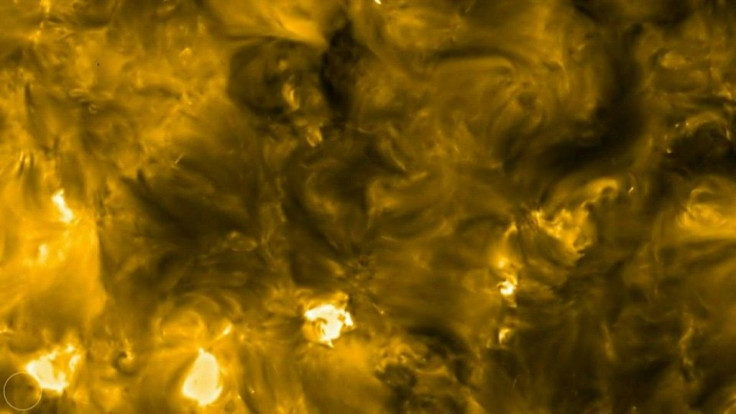Sun’s Rare Particle Detected By Italy’s Underground Laboratory

KEY POINTS
- An underground laboratory in Italy detected a rare type of particle from the Sun
- The Borexino detected CNO-produced solar neutrinos for the first time
- A scientist said this discovery provides proof of the second nuclear fusion event responsible for powering the Sun
A rare particle produced by a unique type of fusion inside the Sun was detected by a laboratory situated beneath a mountain in Italy. For the researchers, the surprising discovery could provide a deeper understanding of the nuclear reactions that power the Sun.
The particle was detected by the Borexino Experiment, a detector that consists of a massive tank that holds 280 tons of scintillating liquid. This liquid flashes when its electrons interact with neutrinos, the particles made by nuclear fusion events.
Recently, during the Neutrino 2020 Virtual Meeting, scientists from the laboratory reported that the Borexino Experiment detected a rare type of neutrino that came from the Sun. According to the scientists, the neutrino was produced by an uncommon type of fusion.
Generally, there are two types of nuclear fusion events that happen inside the Sun. The most common one is a fusion of protons, which transforms hydrogen into helium. Scientists believe this process generates 99% of the Sun’s power.
The other type of fusion event is known as the CNO cycle, which involves a six-step process. During this fusion reaction, carbon, nitrogen and oxygen cause hydrogen to fuse into helium.
According to the scientists, the neutrino detected by Borexino was produced by a CNO cycle, which has never happened before. They believe that the particle traveled from the Sun and was detected by the laboratory’s special equipment.
For physicist Gioacchino Ranucci of Italy’s National Institute for Nuclear Physics, the recent discovery provides proof of the second nuclear fusion event that’s responsible for providing the Sun’s energy.
“With this outcome, Borexino has completely unraveled the two processes powering the Sun,” he told Live Science.
When the Borexino Experiment detected the neutrino, its scintillating liquid produced a bright flash. The scientists noted that this reaction indicated the presence of high energy from the particle, which means it was most likely produced by a CNO cycle.
The Borexino is located inside the Laboratori Nazionali del Gran Sasso, which is the largest underground facility in the world. It is situated below the Gran Sasso mountain in Italy.
© Copyright IBTimes 2025. All rights reserved.





















